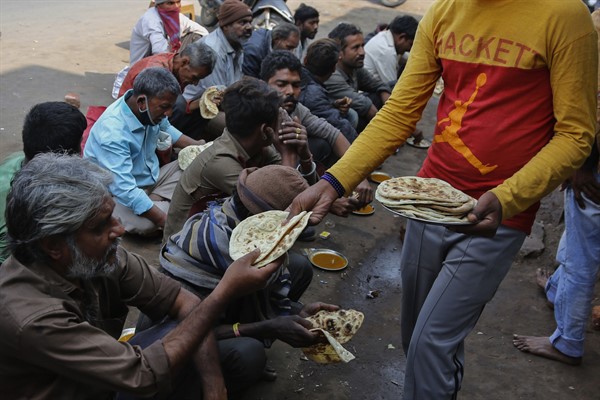2020 will forever be known as the plague year, but it was also a year of increased hunger around the world. That’s according to a multiagency United Nations report released last month, which found that the number of undernourished people in the world rose by 118 million, to a total of about 768 million—nearly one-tenth of the global population. Much of that increase was due to COVID-19, a crisis that “continues to expose weaknesses in our food systems,” the report warned.
Today on Trend Lines, Julie Howard, a senior adviser to the global food security program at the Center for Strategic and International Studies, joins WPR’s Elliot Waldman to discuss why and how our food systems have become so vulnerable, and what will it take to reverse the trend of increasing hunger.
Listen:
Download: MP3
Relevant Articles on WPR:
The Geography of COVID-19 and a Vulnerable Global Food System
Latin America’s ‘Double Burden’ of Malnutrition: Rising Obesity and Hunger
Africa’s Crippling Drought Shows the Importance of Climate Change Adaptation
Zimbabwe Was Already on the Verge of Famine. Then the Coronavirus Hit
Trend Lines is edited by Peter Dörrie, a freelance journalist and analyst focusing on security and resource politics in Africa. You can follow him on Twitter at @peterdoerrie.
To send feedback or questions, email us at podcast@worldpoliticsreview.com.




